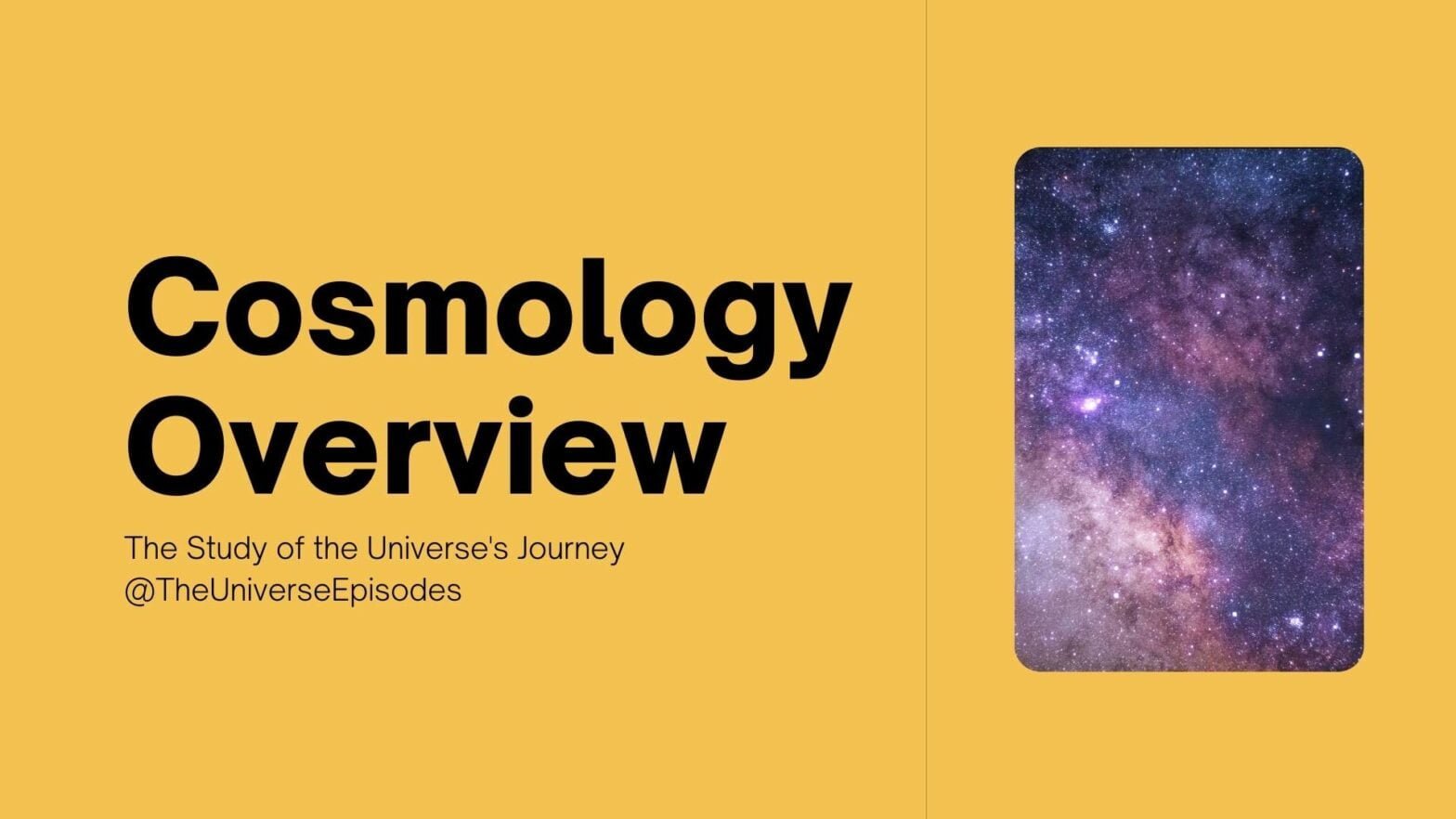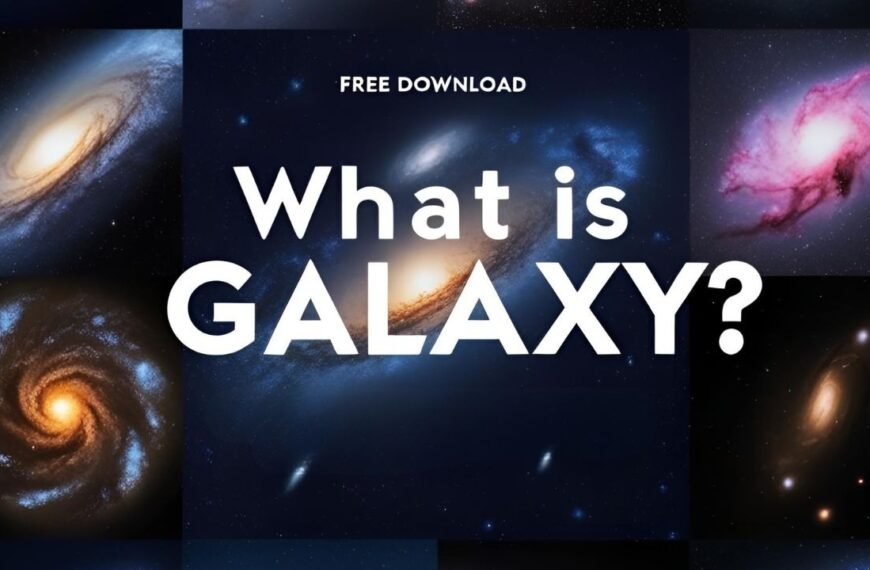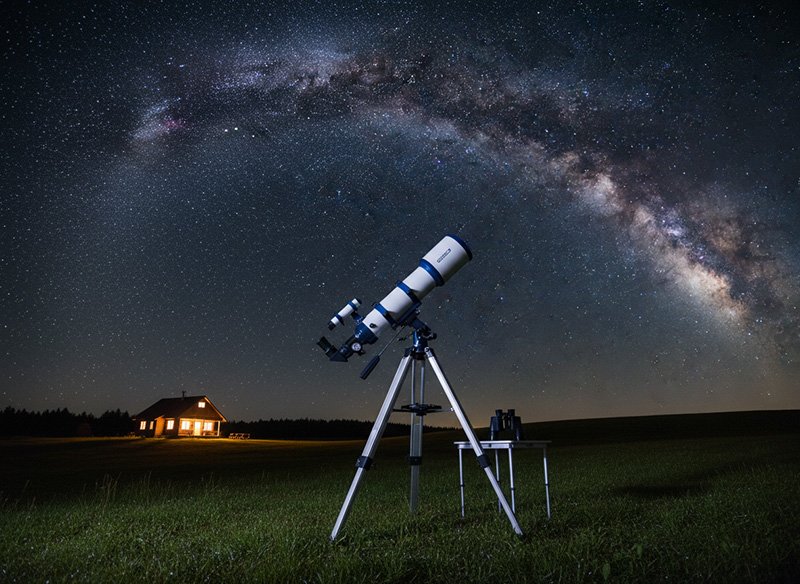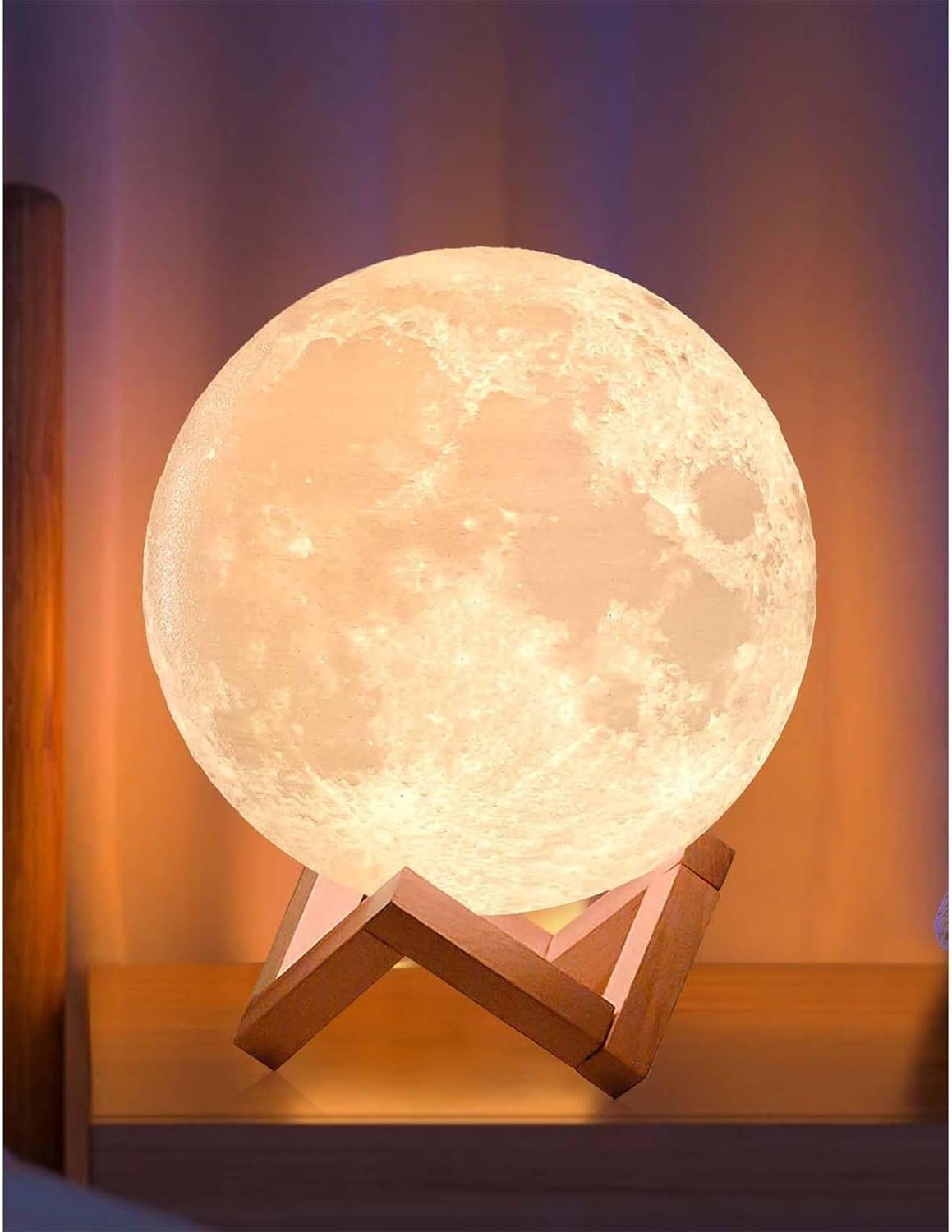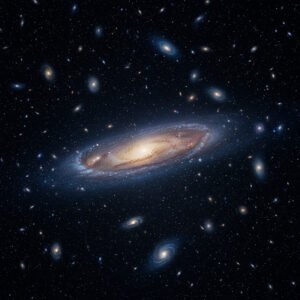Stars and planets are fascinating entities in the vast expanse of the universe, each playing distinct roles in cosmic dynamics. Stars, such as our Sun, are luminous spheres of plasma held together by gravity. They shine brightly due to the intense nuclear fusion reactions occurring in their cores, which convert hydrogen into helium and release a tremendous amount of energy in the process. Stars are classified based on their size, temperature, and brightness, with some evolving into red giants, white dwarfs, or even supernovae over their lifetimes.
On the other hand, planets are smaller, rocky or gaseous bodies that orbit stars. Planets do not produce their own light but instead reflect the light of their host star. They come in various sizes and compositions, with some having solid surfaces like Earth, while others are gas giants like Jupiter and Saturn. Planets play a crucial role in shaping the structure of solar systems and can have moons orbiting around them.
Overall, while stars are massive sources of light, heat, and energy in the universe, planets offer diverse environments for potential habitability and scientific exploration. Understanding the differences between stars and planets can deepen our appreciation for the complexity and beauty of the cosmos.
You can find our blog link, What is the difference between a star and a planet?
Download the short PDF file:
Decoding the Differences between a Star and a Planet: A Comprehensive Guide
When it comes to celestial bodies, understanding the variances between stars and planets is crucial. Delving into their differences enlightens us about the vast universe we inhabit and the marvels it consists of.
What constitutes the difference between stars and planets?
Key characteristics of stars and planets
Stars and planets exhibit distinct features that set them apart. Stars are luminous celestial objects that emit light and heat due to nuclear fusion within their cores. Planets, on the other hand, do not generate light; they reflect it from their respective stars. They are non-luminous bodies that orbit stars.
Difference in Formation: How do stars and planets form?
Stars are formed from clouds of gas and dust through a process known as stellar nucleosynthesis. Planets, however, are formed from the left-over materials surrounding a young star, known as a protostellar disk.
Comparing the Atmosphere: Planets vs Stars
Planets have diverse atmospheres, each unique to its composition, which are crucial in sustaining life. In contrast, stars possess atmospheres primarily composed of hydrogen and helium, crucial for their nuclear reactions.
Star vs Planet: Understanding Celestial Bodies
Understanding the key differences between the two celestial bodies helps in distinguishing them accurately and comprehending their individual roles in the universe.
Comparing Orbit and Role in Solar System: Stars and Planets
Planets orbit stars, including our own Sun, playing essential roles in the balance and structure of their respective solar systems. Conversely, stars are the gravitational centers of their solar systems, exerting great influence over the planets orbiting them.
How to tell the difference between a star and a planet
Stars vs Planets: Observational Differences in the Sky
Observing the night sky reveals stars as steady points of light, while planets will exhibit a noticeable movement, appearing to wander across the sky, due to the Earth’s orbit around the Sun.
Using a Telescope: Detailed Observations of Stars and Planets
Astronomers use telescopes to study stars and planets in detail, offering insights into their appearances, behaviors, and individual characteristics.
Stars vs Planets: Why Do Stars Twinkle?
The twinkling of stars is caused by turbulence in the Earth’s atmosphere, whereas planets do not twinkle due to their closeness and the reflective nature of their light.
Visibility of Planets in our Solar System
Several planets in our solar system, such as Venus, Mars, Jupiter, and Saturn, are visible to the naked eye under favorable viewing conditions.
An Astronomer’s Guide: Identifying Stars and Planets
Astronomers employ various tools and techniques to accurately identify and differentiate stars from planets, contributing to our understanding of the celestial realm.
Understanding the primary differences between stars
Understanding the Core Composition: Hydrogen and Helium in Stars
Hydrogen and helium are the primary components of a star’s core. The nuclear fusion of these elements releases energy, causing stars to emit light and heat.
Nuclear Fusion: The Major Difference In Star’s Energy
The energy source of a star comes from nuclear fusion, where hydrogen atoms fuse to form helium, producing tremendous amounts of energy in the process.
The Closest Star: Our Sun in Detail
The Sun, our closest star, serves as the primary source of light and energy for our solar system, influencing life on Earth and the behavior of all planets within its gravitational pull.
Star Lifecycle: How Stars May Become Planets
As stars evolve and deplete their nuclear fuel, certain conditions may lead to the formation of planets from the remnants of dying stars.
Anatomy of a Star: From Core to Atmosphere
Understanding the structure and lifecycle of stars is vital in comprehending their role in the universe and their impact on celestial objects within their respective systems.
Exploring planets from a star-centric perspective
Exploring Inner Planets: Closer than You Think
The inner planets, including Earth, Mars, Venus, and Mercury, are situated closer to the Sun, resulting in higher temperatures and distinct atmospheric conditions compared to outer planets.
Voyaging into Outer Planets: A Journey through Our Solar System
Outer planets, such as Jupiter, Saturn, Uranus, and Neptune, are characterized by their large size, extensive moons, and unique atmospheric compositions, providing valuable insights into our solar system’s diversity.
Planet Orbits: Circling Around a Star
Planets follow elliptical orbits around stars, each maintaining a unique distance and orbital period, influencing their climates and geological processes.
Planetary Atmosphere: Unique to Each Planet
Planets exhibit diverse atmospheric compositions and conditions, influencing weather patterns, surface temperatures, and the potential for sustaining life.
Jupiter & Saturn: Giants of the Solar System
Jupiter and Saturn, as the gas giants of our solar system, offer intriguing insights into the formation and dynamics of planetary systems revolving around stars.
Why planets in the night sky might be misidentified as stars
Bright Planets: Venus, the ‘Evening Star’
Venus, often referred to as the “Evening Star” or “Morning Star,” appears as one of the brightest objects in the night sky, potentially confusing it with a star to the untrained eye.
Brown Dwarfs: Star or Planet?
Brown dwarfs, with characteristics of both stars and planets, may occasionally be misidentified due to their relatively dim and planet-like appearances.
Distinguishing Planets from Stars: Light Emission vs Reflection
Understanding the distinction between the light emitted by stars and the reflected light from planets aids in accurately discerning these celestial objects in the night sky.
Telescopic Observations: Planets Don’t Twinkle
Observing planets through a telescope reveals their steady appearance, in contrast to the twinkling effect exhibited by stars, offering a reliable method of differentiation.
Celestial Objects: Not All that Glitters in the Sky is a Star
Appreciating the diversity and complexities of celestial objects enriches our understanding of the cosmos, fostering a deeper appreciation for the awe-inspiring wonders that grace the night sky.
Q: What is the difference between a star and a planet?
A: One key difference between stars and planets is that stars generate their own light and energy, while planets do not. Additionally, stars have a well-defined life cycle, while planets do not exhibit this characteristic.
Q: How do stars become a star?
A: Stars are formed through the process of dense clouds of gas and dust collapsing under gravity. This leads to the formation of a core where temperatures and pressures are high enough for nuclear fusion reactions to occur, resulting in the birth of a star.
Q: What are some key differences between stars and planets?
A: Some key differences between stars and planets include the fact that stars are much larger and more massive than planets. Additionally, stars generate their own light, whereas planets reflect light from the sun.
Q: Why do stars in the sky appear like the sun?
A: Stars in the sky appear similar to the sun because they are also luminous celestial bodies that emit light. This is why they appear as bright points of light when observed from Earth.
Q: How many stars are there in the Milky Way?
A: The Milky Way is estimated to contain billions of stars, with current scientific estimates ranging from 100 billion to 400 billion stars.
Q: Can planets appear like stars?
A: Yes, planets can sometimes appear like stars when observed from Earth. This is due to their reflected light and their relatively steady position in the night sky compared to stars, which appear to move.
Q: What are some common characteristics of rocky planets and massive stars?
A: Rocky planets, like Earth, share similarities with massive stars in terms of their formation from the debris left behind by the earlier generations of stars. However, they are very different in size, composition, and behavior.
Q: How do planets and stars differ in their formation?
A: Planets are formed from the debris and gas surrounding a young star, while stars form directly from the collapse of a cloud of gas and dust under the influence of gravity.
Q: What is the role of neutron stars in astronomy?
A: Neutron stars play a crucial role in astronomy as they are the remnants of massive stars that have undergone supernova explosions. They are incredibly dense and provide valuable insights into the behavior of matter under extreme conditions.
Q: How do the positions of stars and planets change in the night sky?
A: While planets generally appear to move across the night sky as they orbit the sun, stars appear relatively fixed in their positions due to their enormous distance from the Earth. This causes the apparent motion of planets to differ from the more stable positions of stars.



